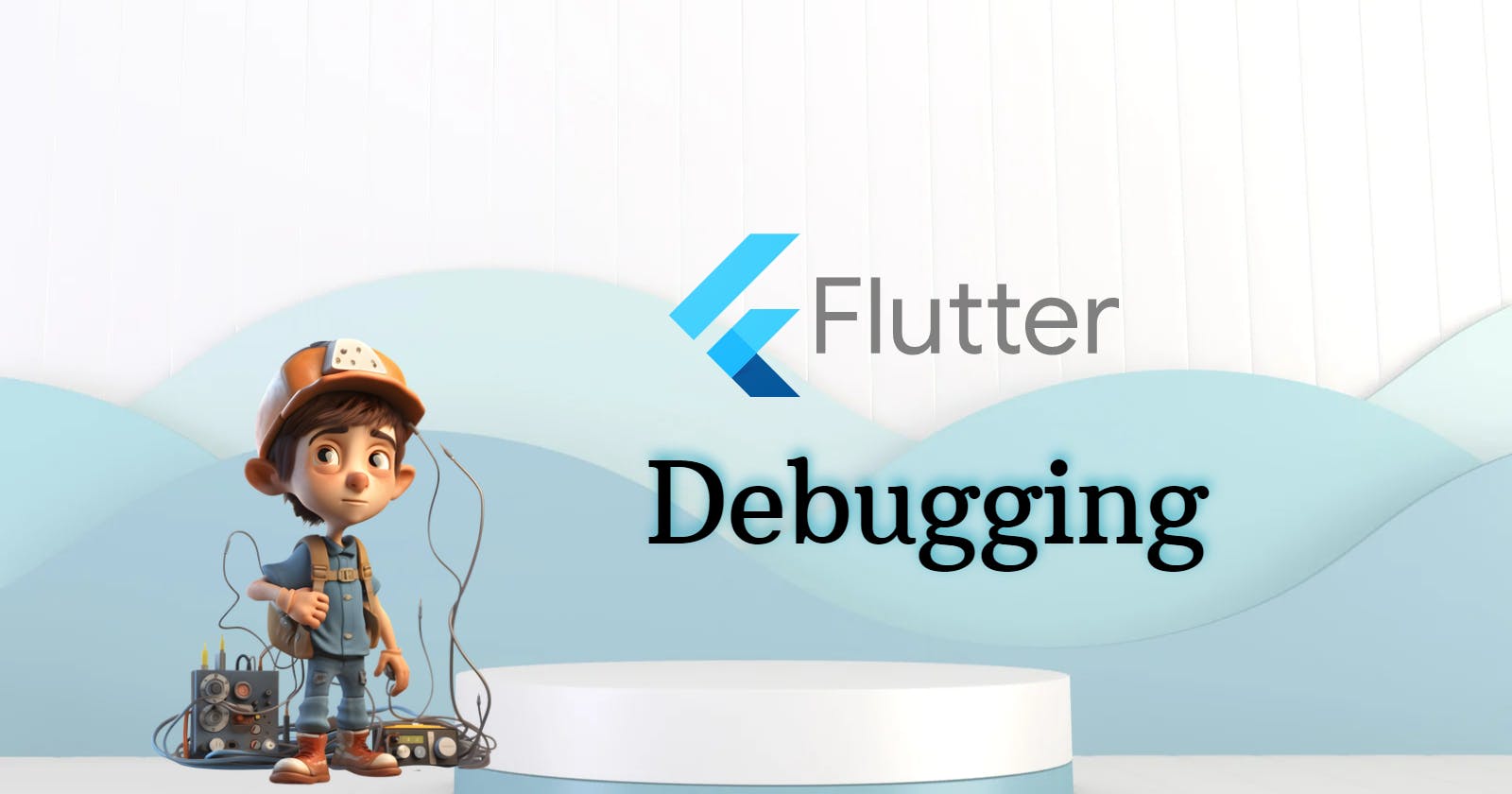Tips for Efficient Debugging in Flutter

Developing mobile applications can be a complex and challenging task. As a developer, encountering bugs and errors during the development process is inevitable. However, with the right approach and a set of effective debugging techniques, you can efficiently identify and resolve issues in your Flutter projects.
In this article, we will explore a range of tips and strategies for efficient debugging in Flutter, empowering you to build high-quality applications that deliver exceptional user experiences.
Tips for Efficient Debugging in Flutter
Debugging plays a crucial role in the software development lifecycle. It allows developers to identify and eliminate issues that may impact the functionality and performance of their applications. When it comes to Flutter, a popular cross-platform framework, there are several specific techniques and tools that can greatly enhance your debugging process. Let's dive into some valuable tips for efficient debugging in Flutter:
1. Understand the Debugging Workflow
Before diving into specific debugging techniques, it's important to understand the overall debugging workflow in Flutter. Familiarize yourself with the development environment, including Flutter's integrated development environment (IDE) such as Visual Studio Code or Android Studio.
Learn how to set breakpoints, step through code, and inspect variables. By mastering the basic debugging workflow, you will be well-equipped to tackle any issues that arise.
2. Utilize Logging and Print Statements
Logging and print statements are fundamental tools for debugging in any programming language, including Flutter. By strategically placing print statements throughout your code, you can gather valuable insights into the flow and behavior of your application.
Utilize the print function to output specific values or messages to the console, helping you trace the execution path and identify potential issues. Make use of conditional logging to selectively print statements based on certain conditions, ensuring efficient debugging without cluttering your output.
3. Leverage Flutter DevTools
Flutter DevTools is a powerful debugging and performance analysis tool provided by the Flutter team. It offers a range of features to assist developers in diagnosing and fixing issues. With DevTools, you can inspect your widget tree, view performance metrics, analyze network requests, and more.
Familiarize yourself with this invaluable tool to streamline your debugging process and gain deeper insights into your application's behavior.
4. Take Advantage of Hot Reload
Flutter's Hot Reload feature allows you to make changes to your code and instantly see the updates without restarting the application. This capability greatly accelerates the development process and facilitates efficient debugging. Utilize Hot Reload to iteratively test and fix issues in your application.
With this feature, you can quickly experiment with different solutions and observe the immediate effects, reducing development time and enhancing productivity.
5. Use Debugging Widgets
Flutter provides a set of built-in debugging widgets that can assist you in visualizing and understanding your application's layout and behavior. Widgets such as DebugPaintSizeEnabled, Opacity, and AspectRatio can reveal valuable information about the rendering process, layout constraints, and widget hierarchy.
By strategically incorporating these debugging widgets into your application, you can identify and rectify layout-related issues more effectively.
6. Make Use of Breakpoints
Breakpoints are an essential tool for stepping through code and inspecting the state of your application at specific points during execution. Set breakpoints strategically in areas of your code where you suspect issues might arise.
Once the execution reaches a breakpoint, you can examine variable values, evaluate expressions, and gain a deeper understanding of the application's state. Leverage breakpoints to pinpoint the root cause of bugs and expedite the debugging process.
Conclusion
Efficient debugging is a crucial skill for Flutter developers. By following the tips and techniques outlined in this article, you can enhance your debugging capabilities and streamline the resolution of issues in your Flutter applications.
Understanding the debugging workflow, utilizing logging and print statements, leveraging Flutter DevTools, and making use of breakpoints and debugging widgets are key strategies to master. Embrace the art of debugging and transform your development process, ensuring the delivery of high-quality Flutter applications.
Thanks for reading 🫡, See you in the next article.
 Develop and Solve
Develop and Solve